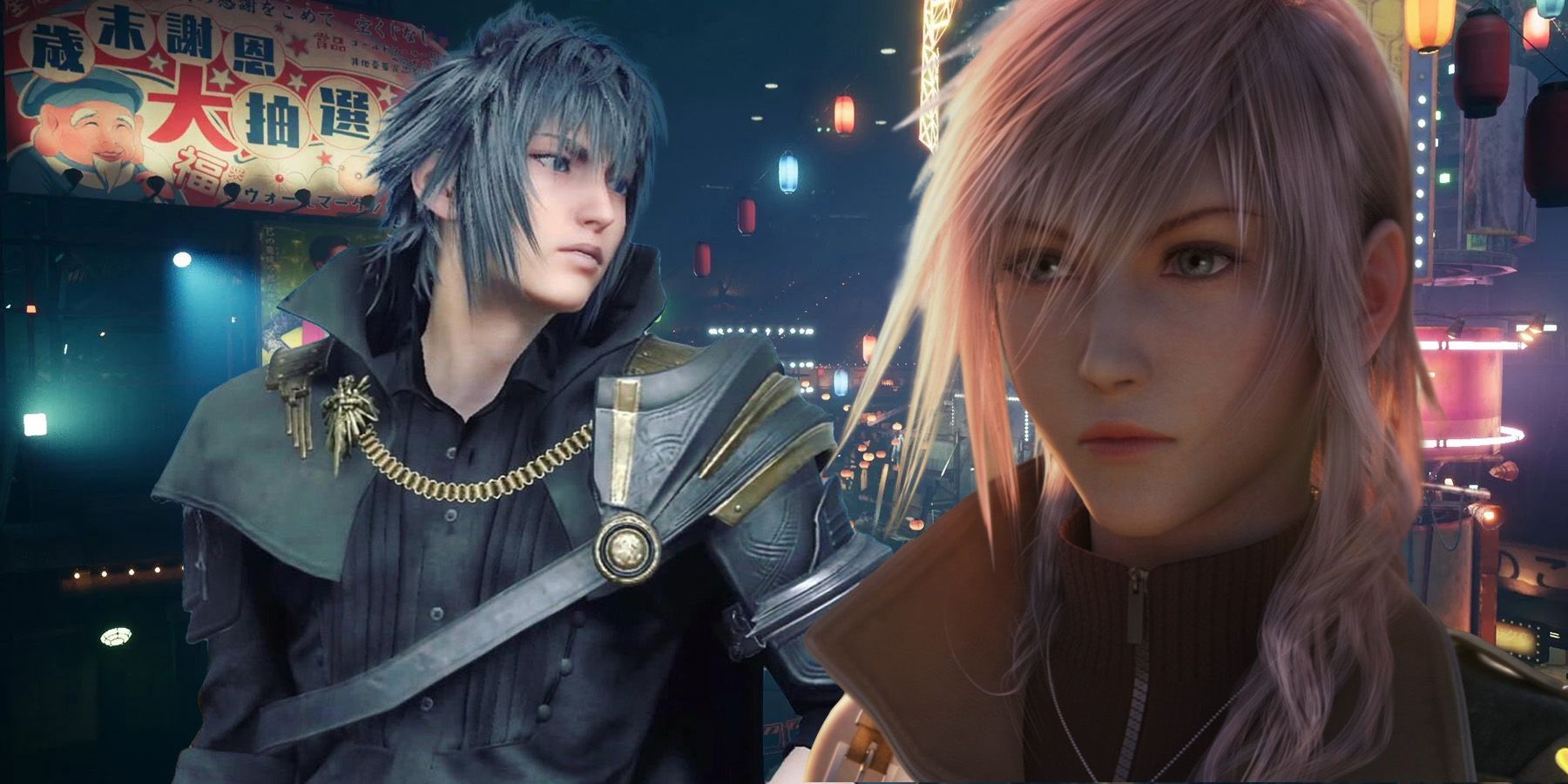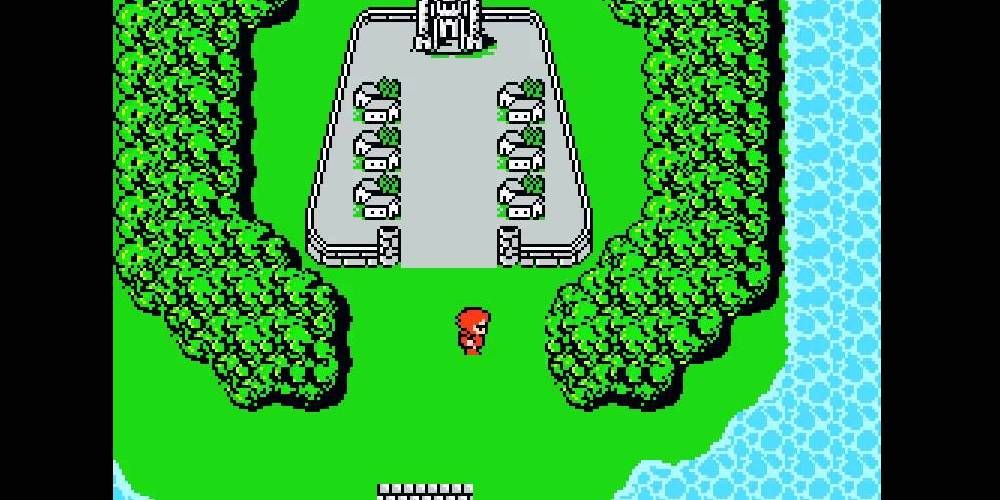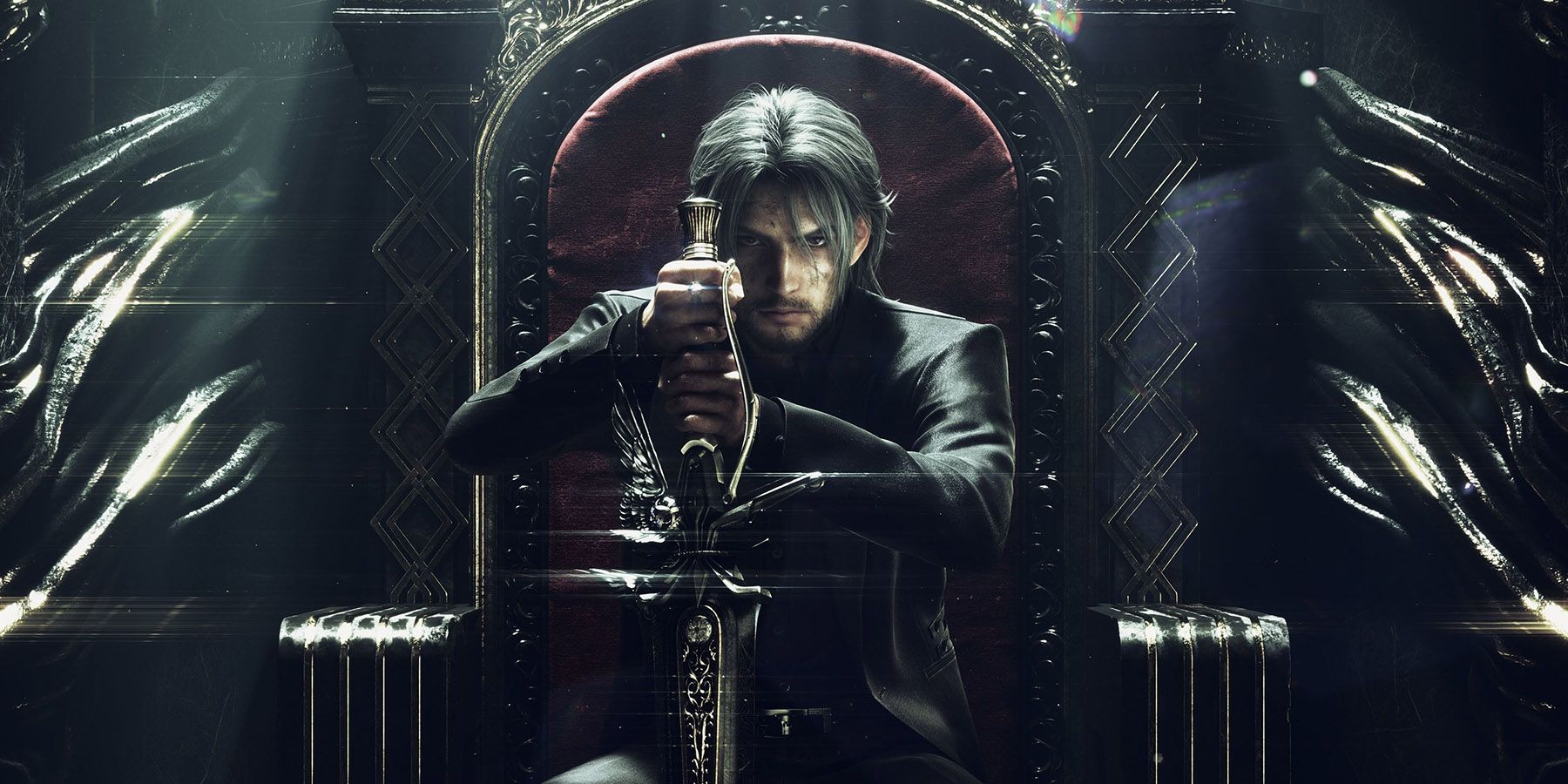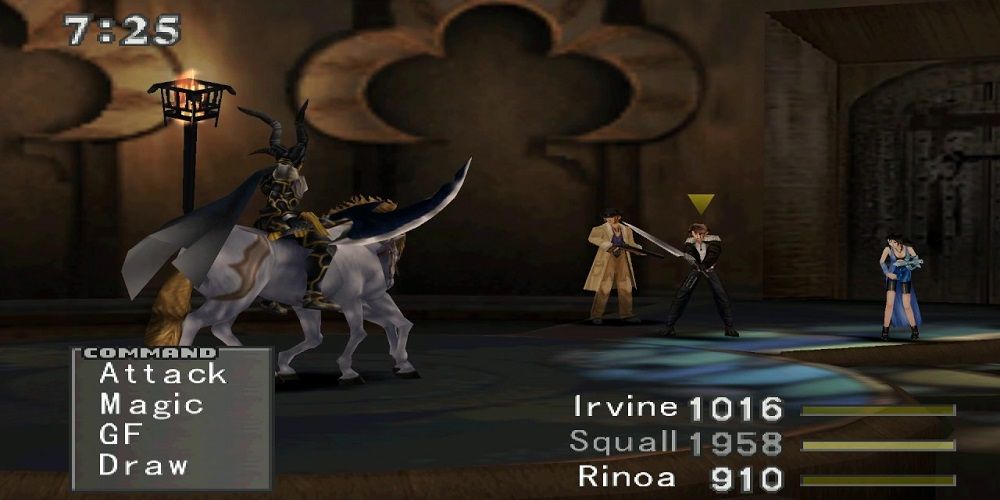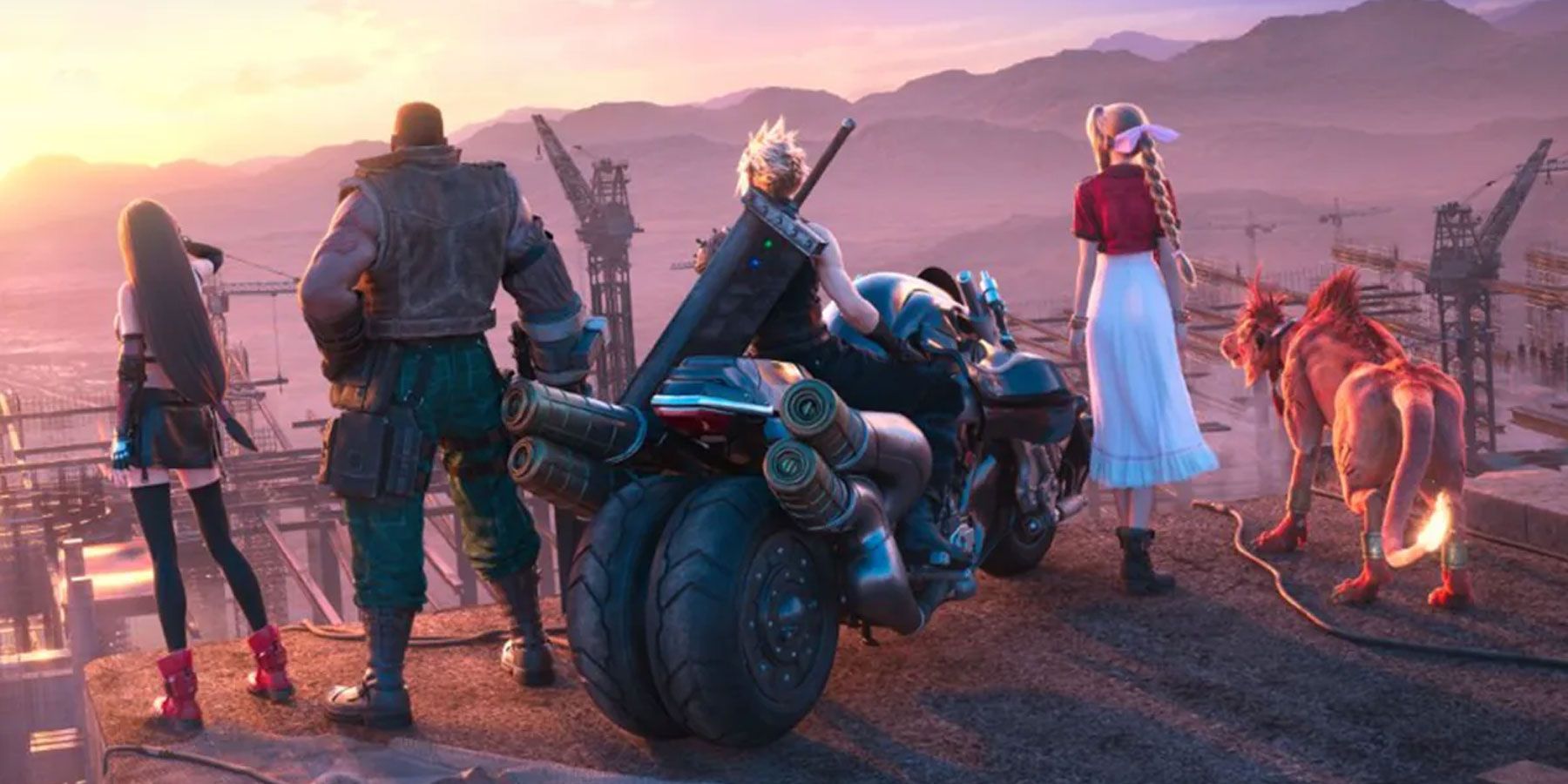With the imminent release of Stranger of Paradise: Final Fantasy Origin on March 15, the seasoned Final Fantasy series is, once again, the topic of much chatter in the industry. With a history dating back to 1987, Square Enix' crowning franchise has seen many installments across many systems, and has continued to evolve the JRPG formula with each new entry, though not always necessarily in the right way.
Final Fantasy's lineage is littered with genre-defining titles, memorable characters, gorgeous music, and storytelling that still has the capability to bring a tear to players' eyes some 35 years after the first game's release. From the steampunk scenes in Final Fantasy 7 and Cloud's quest to bring Sephiroth down, to the upcoming Final Fantasy 16, which looks set to bring players to the medieval-inspired Valisthea, the series has been the reason many find comfort in turn-based combat, spiky-haired protagonists, and amazing scenery. It shares a genre with numerous other franchises, but none are quite as pivotal to the JRPG landscape as Final Fantasy.
Final Fantasy's Humble Origins
Though many may believe that Final Fantasy was the series to forge the JRPG formula many know today, it was actually publisher Enix that got there first with Dragon Quest (localized in North America as Dragon Warrior) just one year prior. It was a release that provoked action from SquareSoft, and after some thought, game designer Hironobu Sakaguchi set to work creating the very first entry in the Final Fantasy series. Its success spawned another, releasing in 1988. With 15 mainline entries to date, not including sequels, remakes, spin-offs, and re-releases, suffice it to say that Sakaguchi's brainchild was a relative success.
Of course, Final Fantasy's quality has been inconsistent, and three and a half decades of existence doesn't come without turbulence. Final Fantasy 8 was a deeply polarizing entry, and few have love for the Final Fantasy 13 trilogy. However, where there is bad, there is something simply incredible not far away, as several games in the series are not only the best in the JRPG genre, but widely believed to be some of the greatest games ever made. Final Fantasy 6 provides one of the finest ensembles of characters ever put to screen, and Final Fantasy 14 remains the gold standard of the MMO genre, despite wielding a substantial Final Fantasy story.
Final Fantasy Has Character(s)
There are few characters in video games that are as immediately recognizable as many in the Final Fantasy series. From Cloud and his hefty buster sword, to Tidus and his iconic awkward laughter, Final Fantasy is a well-run factory of exceptional personalities, as each new entry provides characters that are often so much more than their jagged, over-the-top exterior. In fact, it's often the series' approach to character development that can propel an otherwise average story forward.
Final Fantasy 15 left much to be desired in the narrative department, but it was the game's main party of Gladiolus, Prompto, Ignis, and Noctis who did a wonderful job propping up the disappointing and confusing story. What resulted was a product that was polarizing, but its near-flawless presentation and character development were each almost universally acclaimed.
This is in spite of the fact that none of the aforementioned names are hailed as the best characters in the franchise, with many believing Terra from Final Fantasy 6, or Vivi from Final Fantasy 9, to be the cream of the Final Fantasy crop. There truly is no other franchise that handles character evolution quite as well as Final Fantasy, despite rarely giving each one more than a single game to make an impact on the player.
The Heat of Battle
Final Fantasy has seen numerous combat systems implemented, from the iconic Active Time Battles, to the more fluid affairs of Final Fantasy 15, or the much acclaimed remake of Final Fantasy 7. Whereas Dragon Quest has remained steadfast in its more traditional and simplistic skirmishes, Final Fantasy has embraced the more action-focused future with grace. Save for a few growing pains along the way, never has combat been a substantial flaw for any game in the franchise.
Active Time Battles were revolutionary in 1991, with the release of Final Fantasy 4 on the SNES, and it continued to be refined through the decade, serving as the trusty battle mechanics during the series' golden years. It bridged the gap between a typical, turn-based system, and the more real-time approach that the Tales games would later come to depend on.
It plucked the best from both, as ATB felt strategic, yet instinctive. Later titles like Ni No Kuni: Wrath of the White Witch would seek much of its combat inspiration from the success of the ATB model but, like any great developer should, Square Enix found elements from other games that helped forge the flashy, smile-inducing mechanics that many know and love today.
Ain't No Party Like A Final Fantasy Party
Taking inspiration from tabletop RPG's that gained popularity through the 1980's, the primary focus of each new Final Fantasy release is the characters that make up the adventuring party. Ensuring each game's protagonist doesn't have to venture out into the wilds alone, the myriad of side characters that accompany the hero are constantly present to provide interesting dialogue and hearty assistance in battle.
Lifting such a staple of pen-and-paper RPG's was smart, but the way in which SquareSoft implemented the philosophy into a video game, and refined it to be a playable and replayable product, was a feat few had even seen up to that point. As mentioned, Dragon Quest came first, but the way that Final Fantasy had players taking control of four distinct classes during battle was something that truly moved the genre forward.
In 2022, having an ever-expanding party in a JRPG is nothing new. From Alphen's unlikely partnership with Shionne in Tales of Arise, to Serenoa Wolffort and his budding relationship with Frederica Aesfrost in 2022's Triangle Strategy, so many games in the genre begin with few alliances, with the quest becoming a crowded affair as the game goes on. It's a formula that has undoubtedly been made popular by Final Fantasy, and with the trailers for its sixteenth installment alluding to a possible deviation from the party-driven norm for the franchise, there's every chance Square Enix will re-revolutionize the genre.
Like Street Fighter to the fighting game genre, or Gran Turismo to racing, Final Fantasy is the hallmark of the JRPG. So many of the series' core gameplay elements have been replicated by countless other games of its kind. In doing so, the legacy that Final Fantasy has created far eclipses even the franchise itself. From the serene Balamb Gardens in Final Fantasy 8, or the suffocating walls of Midgar in Final Fantasy 7, plenty of Final Fantasy's locations, characters, and quirks are known to players who have never raced a Chocobo, cast an Ultima spell, or collected one of the series' many crystals.
Final Fantasy 16 is in development for PS5.

